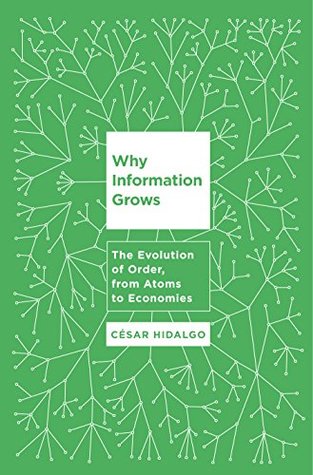The view of labor markets that twentieth-century economists grew accustomed to, however, was one in which preexisting social networks did not play a role. Instead, labor allocation was assumed to be the result of supply and demand forces that drove labor markets to equilibrium as wages communicated information about the excess supply and demand of the skills needed by each firm and those embodied in each worker.
Welcome back. Just a moment while we sign you in to your Goodreads account.


